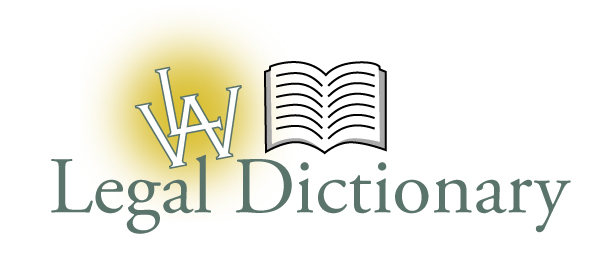- Have any questions?
- (630) 469-7100

What is the “corporate shield” or “corporate veil”?
The “corporate shield” or “corporate veil” is the idea that the shareholders, officers, and directors of a corporation will not be held personally liable for the actions of the corporation. It is also available to some other types of entities, such as a limited liability company or LLC, although this post deals with corporations.
To qualify for the protection of the corporate veil, however, the corporation must follow certain requirements. Some examples include these, although there is no exhaustive list of things a court considers when trying asked to pierce through the corporate veil: (1) remaining adequately capitalized given the type of industry in which it is doing business; (2) keeping accurate books and records; (3) not co-mingling corporate assets with those of the shareholders or other related entities; (4) remaining solvent while operating; (5) maintaining accurate records of stock that had been issued; (6) having functioning officers and directors; (7) paying dividends to shareholders (where there was a corporate profit); or (8) whether the corporation is merely a façade for the operation of the dominant stockholders. This is not an exhaustive list, but should give you a sense of the kinds of things courts look to when determining whether to “pierce” the corporate veil and attach corporate liability to the shareholders.
As a reminder to make sure that these are being followed through with, the Secretary of State sends a note each year to the corporation’s “registered agent” reminding the agent that the corporation needs to report any changes to the business structure, who the directors and officers are, and requesting that the State’s corporate franchise fees have been paid. This is all done through an “annual report.” If the report is not filed, the Secretary of State may revoke the corporate charter, and involuntarily dissolve the corporation. After that occurs, the business may continue to operate, but it may be treated as a partnership or other entity with no corporate shield during the time when the corporation was dissolved.
In future posts, we will talk about the importance of some of these scenarios, and some situations in which the shield does not protect shareholders, officers, and directors from personal liability. We will also describe some situations we have seen—with our own clients and others—that demonstrate the importance of doing these things and protecting the corporate shield.
If you liked this post, follow us on Facebook and Twitter, and sign up for our monthly newsletter using the form in the sidebar at the right. And be sure to read the Disclaimer.
- Congress Requires New COVID-19 Employment Poster - March 26, 2020
- Your Business Insurance May Contain Interruption Coverage You Can Use During COVID-19 - March 20, 2020
- Using Your Estate Plan to Leave Funds to a Minor - December 5, 2017
